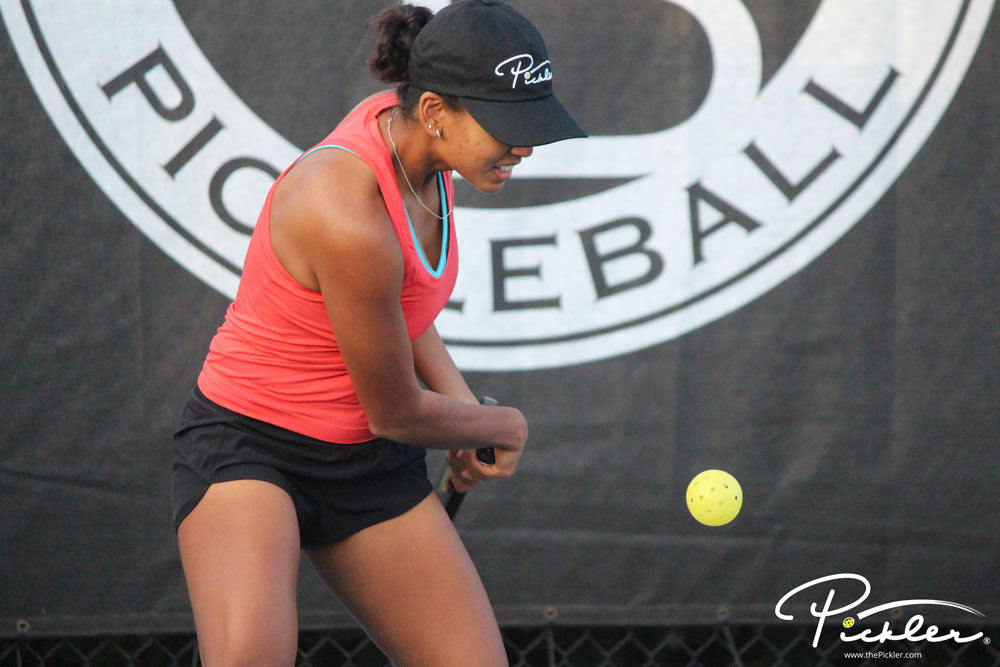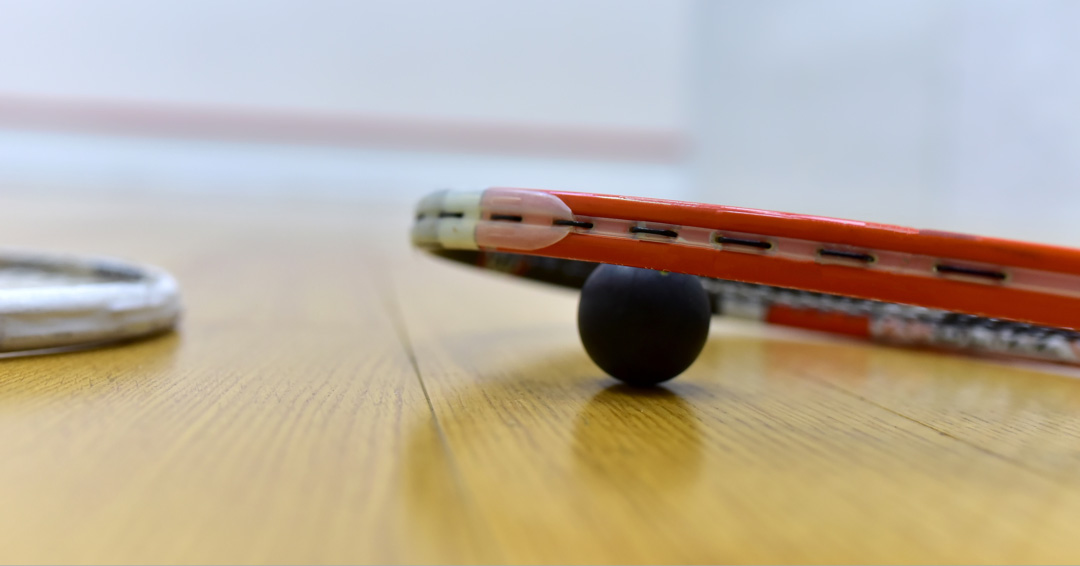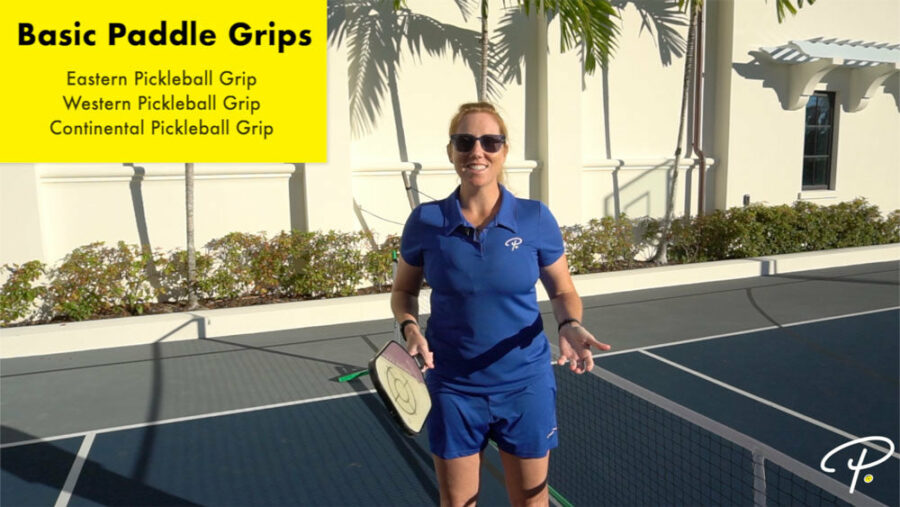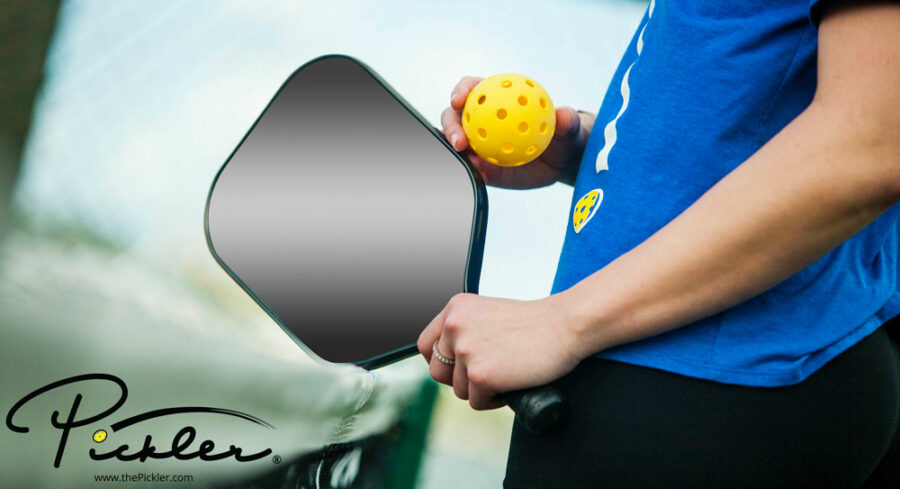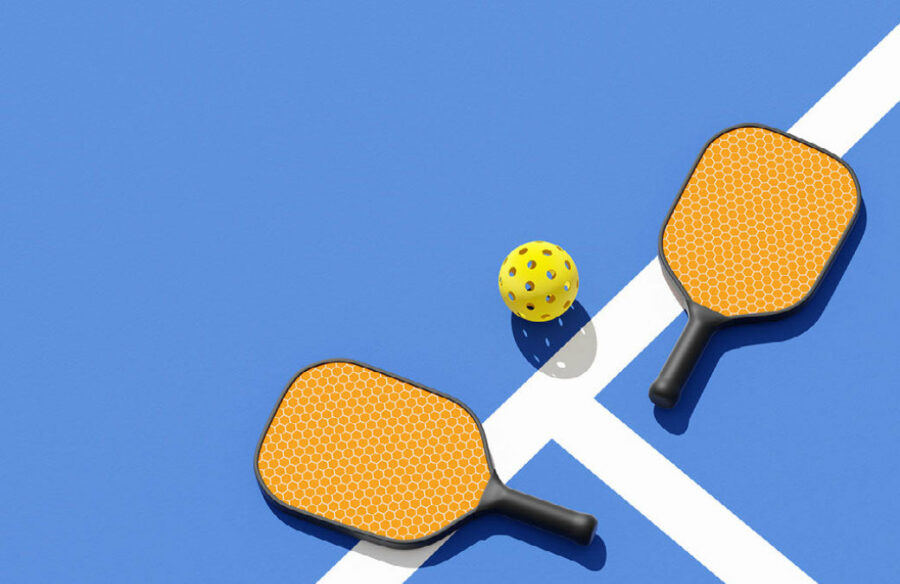Today, there are more pickleball players (4.8 million) in the United States than racquetball players (3.5 million). However, at one point, the sport of racquetball—which was invented in 1950, 15 years before the sport of pickleball—was as revered and talked about as the sport of pickleball today. At its height, racquetball was the fastest growing sport in the country, like pickleball is considered today. In fact, racquetball reached up to 12 million players in 1980, which far exceeds where pickleball is today. However, at that point, something changed for racquetball. Racquetball, the “fad” sport in the 1970s and into the 1980s, faced a steep decline after soaring into popularity.
Why did racquetball face a decline in popularity? And, what can the sport of pickleball learn from this decline?
Many believe that this decline occurred for a number of reasons, which include:
- Increased competition from other racquet sports, as well as other fitness crazes that offered club and gym owners higher profit margins per square foot. Racquetball courts took a lot of space without much profit margin. This is especially true compared to fitness classes and other fitness crazes of the time.
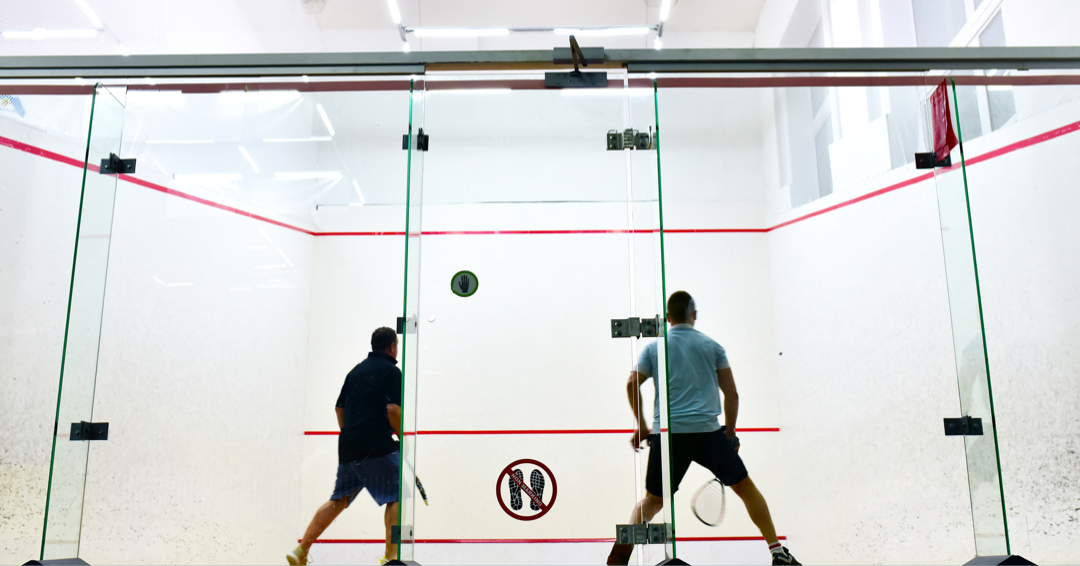
- Advances in the technology of racquetball equipment changed the game. The technology pushed the game to be faster—faster racquets, faster balls, faster games. This meant:
- Instead of having long rallies, rallies became shorter (more like a serve and kill shot).
- Newcomers were more intimidated by the game due to the increased speed. Some were concerned over safety, while the game became more difficult to learn and be successful—i.e., to have long rallies—for others. All of this translated into less players coming into the sport.
- It was incredibly difficult for the average viewer to see and follow the ball on a screen, so racquetball was never able to continue to grow through mass media.
- As a result of this competition and advanced technology, racquetball became less of a “fad.” Fewer people talked about it, fewer people played it, and fewer people invested in it—in other words, clubs and gyms started to turn their racquetball courts into other uses that turned bigger profits.
So, what can the sport of pickleball learn from this racquetball case study?
When it comes to competition, we have always been a fan of the expression that goes something like, “know what your competition are doing, but don’t worry about your competition.” In other words, you can only control yourself and pickleball can only control pickleball. And, while pickleball has some similarities to racquetball in terms to the space required and number of players on a court at a time, pickleball does not require the same infrastructure (e.g., walls), can be played anywhere (including a driveway or in the street, as long as you have some chalk, a temporary net, some pickleball paddles, and a pickleball), and may be considered more social than racquetball (meaning more players can be entertained at one time).
Turning to advancing technology, while innovation in equipment may improve on-court play for players—as learned with the sport of racquetball—there may be a tipping point. Pickleball thrives because of its accessibility and ability for new players to learn and improve quickly—notably, to have long rallies quickly. These are important characteristics to keep for the sport. At some point, innovative paddle designs could alter this if they are able to impart so much power and so much spin on the pickleball, making it more intimidating and less fun for beginners to jump on a court or making it more difficult to watch pickleball broadcasts. However, on the other hand, innovation may enhance the highest pro pickleball levels and may even make the sport more exciting to watch, as some say pickleball looks slow on TV.
As a result, there may be a fine balance in play between those that drive innovation—the paddle manufacturers—and those that drive the growth of the sport—like the governing body in USA Pickleball. The goal of the paddle manufacturers is to push the rules and push the technology of a pickleball paddle to help players gain a competitive edge on the pickleball court and sell more pickleball paddles. However, on the other side, the goal of the governing body for the sport, USA Pickleball, is to grow the sport of pickleball. As a result, USA Pickleball must help police the innovation of the manufacturers within the confines of the rules of the sport, so that pickleball does not fall into the same decline that racquetball did in the 1980s.
For instance, Selkirk and OneShot Pickleball, among other paddle manufacturers, are trying to create the best pickleball paddles they can—just like the racquetball manufacturers of the 1980s. Recently paddle manufacturers, like Selkirk and OneShot Pickleball, pushed the rules of the sport of pickleball by creating intentional holes in the surface of their paddles. The rules of pickleball state that the “hitting surface shall not contain delamination, holes, cracks or indentations that break the paddle skin or surface.” Read literally, this may mean that these holes are not permitted. However, USA Pickleball, the governing body for the sport of pickleball, has interpreted these rules to permit these intentional holes (as USA Pickleball, per its Equipment Standards Manual, seems to be more focused on holes that allow a player to “impart excessive spin on the ball”).
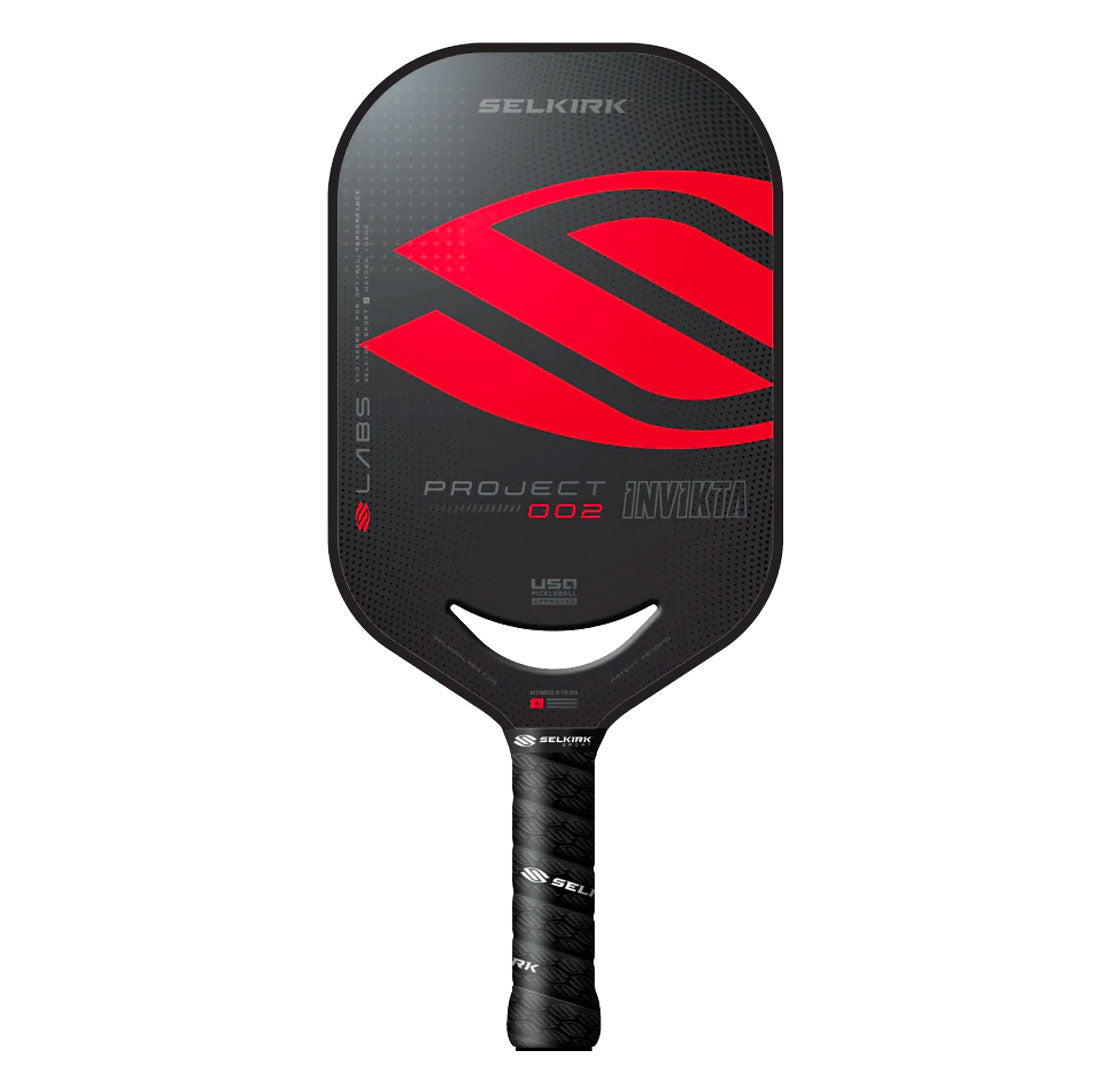
Other paddle manufacturers (like CRBN, Electrum, and Joola) have pushed the bounds of the rules on surface roughness in order to get more spin on the pickleball. USA Pickleball even went so far as to remove the CRBN paddle as an approved paddle during the US Open Pickleball Championships because of manufacturing drift related to the surface roughness (in other words, the surface roughness fell outside of permitted rules in manufacturing runs after CRBN was initially approved, so USA Pickleball removed its approval status). USA Pickleball may need to improve and elevate its manufacturing standards and testing to keep up with this improving technology from paddle manufacturers.
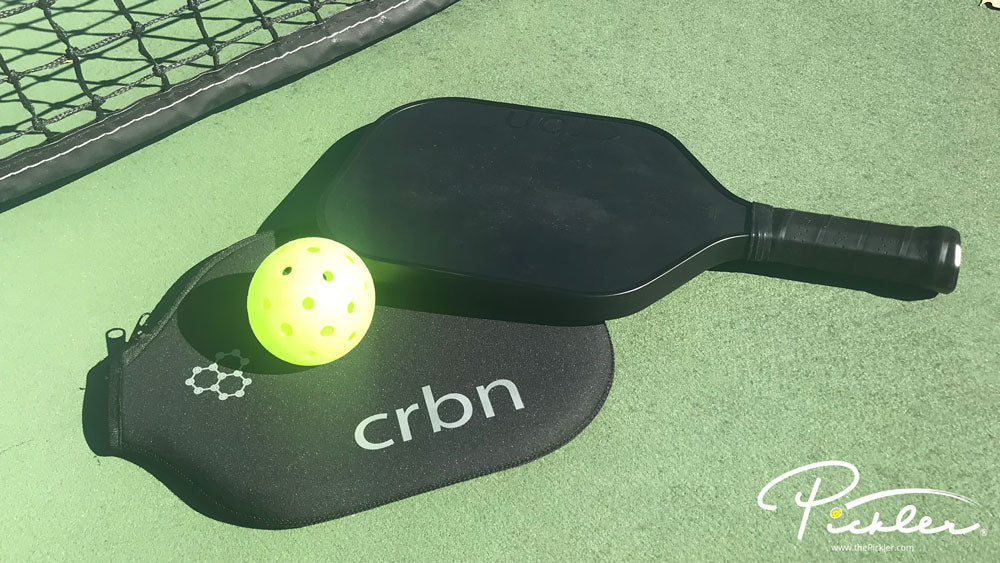
The sport of pickleball is clearly in its growth phase still. Many—including sports expert and MIT Senior Lecturer, Ben Shields, think pickleball is here to stay and is not a “fad.” With that said, the jury is still out on whether pickleball will reach the masses and be entertaining for millions (meaning tens of millions beyond the 4.8 million playing today) to watch and play. There are a lot of questions around the evolution of the sport:
- Will paddle technology affect the sport of pickleball as much as racquet technology affected the sport of racquetball?
- Are we achieving the right balance between paddle manufacturers’ role to improve pickleball paddle technology and USA Pickleball’s role of fostering the growth of the sport?
- Should there be a different balance for recreational players and pro players (which leads to the long-asked question, what is a pickleball pro?)?
- Will the masses like to watch pickleball on TV, regardless of shifting paddle technology?
- Will the masses understand the intricacies of the sport through their screen?
- Do we need paddle technology to evolve to make the sport “look faster” on TV?
- Are the pickleball businesses, like clubs, restaurants, etc., finding high profit margins despite the space it requires to dedicate to courts?
- And many more…
If pickleball can solve these questions in a manner to grow and reach the masses—including, notably, landing on major national broadcasts and continuing to stay relevant in the media and everyday life—then pickleball will certainly avoid the mistakes of sports in the past, like racquetball. Sometimes, we have to look to others so we do not repeat history’s mistakes.
